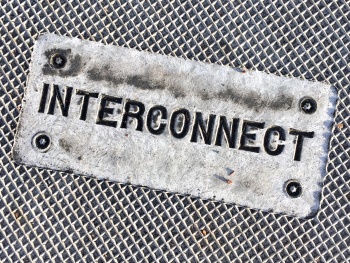- This page was last modified on 26 January 2021, at 18:11.
- This page has been accessed 451 times.
- Content is available under the Creative Commons Attribution Share Alike License unless otherwise noted.
| “ | The connections that enable us to learn more are more important than our current state of knowing | ” |
| —George Siemens | ||
The idea of a PLN, as presented here, emerges from the theory of connectivism. The foundational concept of connectivism is that our networks provide the context for our learning, not necessarily the content. It’s a teaching approach that recognises the agency of learners in determining the direction of their own learning, but at the same time emphasises that learning is not a solitary or individualistic pursuit, and that we learn as part of a community.
PLNs with a connectivist context exemplify the thesis that learning is a social and collaborative activity. It is the process of learning through discussions and other kinds of interactions with community that creates strength in your PLN.
Unique to connectivism - and the formulation of PLNs within it - is that it speaks specifically, inseparably about how these connections between learners take place in a digital space, and how they are fundamentally transformed by interactions with and through digital technologies.
Watch the video 'Overview of Connectivism' (USC Blended Learning, 2014) with Dr. George Siemens, the Canadian higher education teacher and researcher who coined the term 'connectivism'. The video presents an overview of connectivism and the insights that Siemens pursued in his research by reflecting on his own learning and how it was influenced and affected through the affordances of digital technologies and networks.
Your work in this module will replicate some of the pathways Siemens explored.

